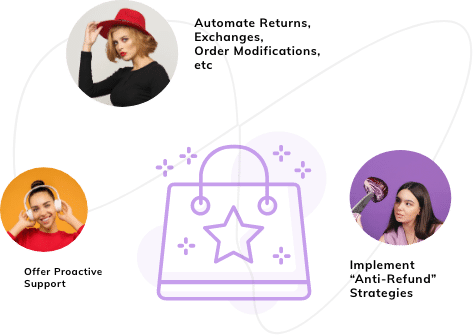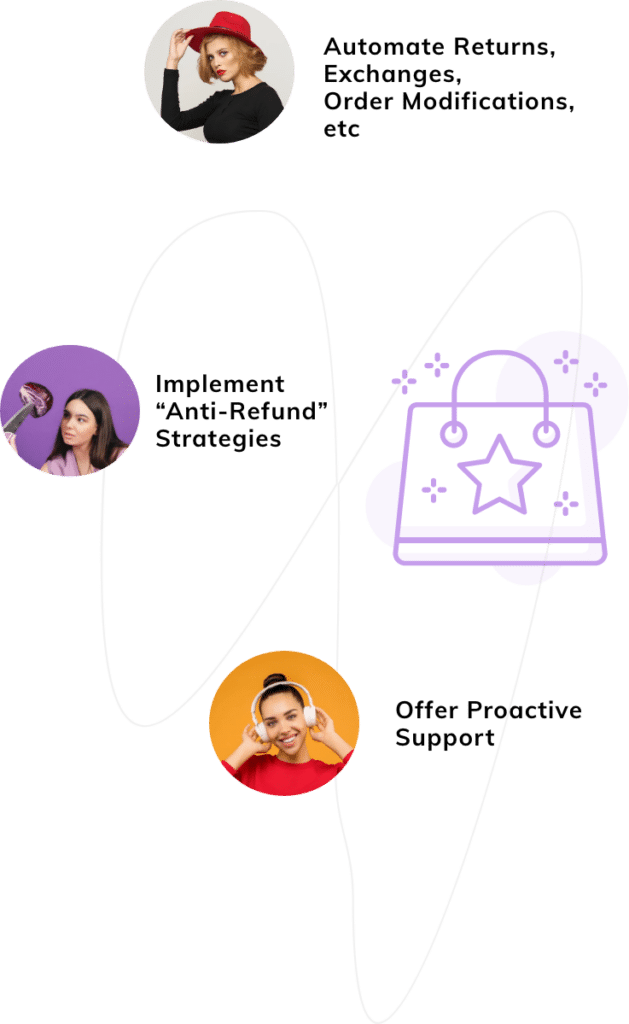Last Updated: April 2024
Customer service is important, very important. Stats show that almost 80% of companies believe that they provide “exceptional service” to their customers. However, the reality is far from it. This misconception on the part of the companies compromises the quality of customer service metrics, support, and increases avoidable expenses.
Whether you are debating the need for a customer support team or already have one in place, evaluating the efficacy of your customer support is crucial. If you do have a team, you must have a fairly strong idea about how to qualitatively and quantitatively analyze its work to determine whether or not you are hitting the mark.
Key Customer Service Metrics to Focus On
Here are some key customer support metrics you should look into to get an in-depth understanding of the KPIs.
1. Average Ticket Volume (Daily/Weekly/Monthly)
No matter how good your company’s offerings are, you will receive calls, complaints, and requests from customers. Keeping track of the average number of daily, weekly, and monthly tickets will help you identify frequently occurring issues and gauge whether they can be automated.
If there’s an escalation in the volume of service-related tickets, you can track the underlying causes and set them right. This metric can help you configure service targets for your support team and measure performances against them.
2. Average First Response Time
 The first response has an effect similar to first aid. There’s immediate relief and you get additional time to go deeper into an issue to resolve it. An organization that provides a quick first response, even if the issue is not instantly addressed, gives customers a positive feeling. So this becomes a crucial metric.
The first response has an effect similar to first aid. There’s immediate relief and you get additional time to go deeper into an issue to resolve it. An organization that provides a quick first response, even if the issue is not instantly addressed, gives customers a positive feeling. So this becomes a crucial metric.
If your first response is delayed, even if your products are lower priced as compared to your competitors, you may not be able to retain customers. Having a low first response time helps in creating customers likely to stay loyal and spend more.
3. Average Ticket Resolution Time
The average time your customer service team takes to resolve a ticket is a great indicator of its efficiency. It’s nice to have a quick first response time, but if you delay too much in the final resolution of a customer’s concerns, it’s eventually going to hurt the customer experience.
Sometimes, quick resolution times can be misleading too. It’s a common practice among some service-based companies to tag tickets as resolved without completely sorting out issues, simply to get on with the next one. So you need to have a closely monitored system in place to ensure that resolved tickets actually mean resolved issues.
4. Average Response Time
By calculating average response time, you know the median amount of time your customer service staff is taking to reply to a single request. This metric can help gauge whether you are conducting follow-up in a timely manner or not.
Extended wait times annoy everyone, and when customers connect with you regarding an issue, they surely want it resolved as soon as possible. The average reply time can also tell you whether you’re working with a staff size in line with your request volumes.
5. Number of Issues Resolved (Daily/Weekly/Monthly)
How many customer support requests did you actually resolve in a day, week, or month? The answer to this is perhaps the simplest indicator of the efficiency of your support function. It’s important to ensure that requests are not marked as ‘resolved’ until customers actually confirm they are satisfied. With a view to meet targets, your staff may feel the pressure to prematurely label tickets as completed. This may lead to tickets being reopened later, which will adversely affect the resolution rate and ultimately, the company’s reputation.
6. Customer Retention Rate
 Customer Retention Rate or CRR refers to the percentage of customers you retain relative to the count you had at the beginning of a specific period, without including new customers. Though you might argue that losing a few customers along the way is okay as long as revenues are maintained, CRR holds great value.
Customer Retention Rate or CRR refers to the percentage of customers you retain relative to the count you had at the beginning of a specific period, without including new customers. Though you might argue that losing a few customers along the way is okay as long as revenues are maintained, CRR holds great value.
To keep expanding, you need to get a new customer for each one you lose in addition to finding new customers. By increasing your CRR, you’ll actually save on the cost of acquiring fresh patronage.
7. Customer Satisfaction Score
It has rightly been said that “customer satisfaction is everything”. Each aspect of a business is subject to the customer satisfaction metric customer satisfaction metric, providing deep insight into how customers perceive the business.
Many unhappy customers don’t care to complain, they simply stop buying from you. Paying diligent attention to customer satisfaction can help determine whether or not your customers have had good experiences with you.
A customer satisfaction survey after ticket resolution is a great way to gather insight into whether the customer experience was good, bad, or just ok. Companies with happy customers flourish and expand – while those with unhappy customers are likely to crash and perish.
8. Net Promoter Score
The Net Promoter Score or NPS metric gives you an intuitive and easy-to-understand score that reveals how customers view your company. You can directly integrate it into customer service records by posing questions like “On a scale of 1 to 10, how likely are you to recommend our company to others?” at the end of every agent interaction. This lets the agents know how they’re performing, and by measuring NPS on a company-wide level, you get a better idea of customer satisfaction and overall efficiency.
Wrapping It Up
The best thing about customer service is that you get an opportunity to connect with your customers in a way that wouldn’t otherwise have been possible. By keeping track of crucial support metrics, you can gauge how effective your customer service operations are, what exactly your customers are experiencing, and what more they expect.
So implementing customer support metrics today can help you prepare for tomorrow. With calculated moves to enhance each metric, you can ensure consistent, top-notch service and improve the overall performance of your business.








